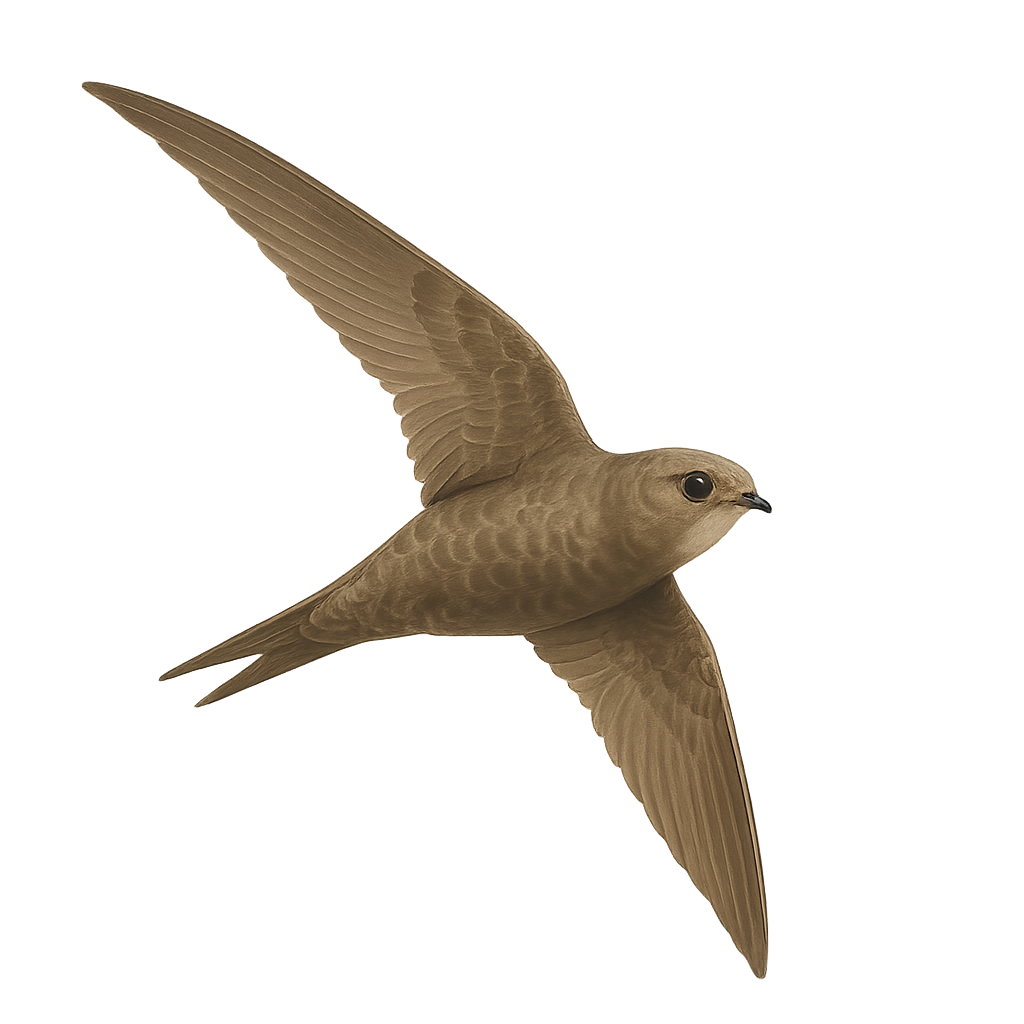Your wildlife photography guide.
Explore the pale swift in detail, study its behavior, prepare your shots.
Where to observe and photograph the pale swift in the wild
Learn where and when to spot the pale swift in the wild, how to identify the species based on distinctive features, and what natural environments it inhabits. The WildlifePhotographer app offers tailored photography tips that reflect the pale swift’s behavior, helping you capture better wildlife images. Explore the full species profile for key information including description, habitat, active periods, and approach techniques.
Pale swift
Scientific name: Apus pallidus

IUCN Status: Least Concern
Family: APODIDAE
Group: Birds
Sensitivity to human approach: Somewhat shy
Minimum approach distance: 20 m
Courtship display: May to July
Incubation: 19-21 jours
Hatchings: May to August
Habitat:
High-altitude mountains, urban areas
Activity period :
Primarily active during the day, with peak activity in the morning and late afternoon.
Identification and description:
The Pale Swift is a migratory bird species that is mainly found in southern Europe, the Middle East, and North Africa. This small bird is easily recognizable by its grayish color and sleek body, perfectly adapted for speed and maneuverability in flight. It spends most of its life in flight, only landing to breed. It feeds primarily on insects that it catches while flying, often at high speed. The Pale Swift is an open-sky bird, frequently seen at high altitudes near mountains or soaring over urban areas in search of food.
Recommended lens:
400 mm – adjust based on distance, desired framing (portrait or habitat), and approach conditions.
Photography tips:
Photograph the Pale Swift in flight, preferably early in the morning or late in the afternoon when it is most active. Use a telephoto lens to capture details of its plumage and fast flight patterns. Be patient and wait for a moment when the bird is bathed in soft light. As the Pale Swift is a fast migratory bird, it is recommended to take several shots to capture its dynamic movement.
The WildlifePhotographer App is coming soon!
Be the first to explore the best nature spots, track rutting seasons, log your observations, and observe more wildlife.
Already 1 430 wildlife lovers subscribed worldwide

